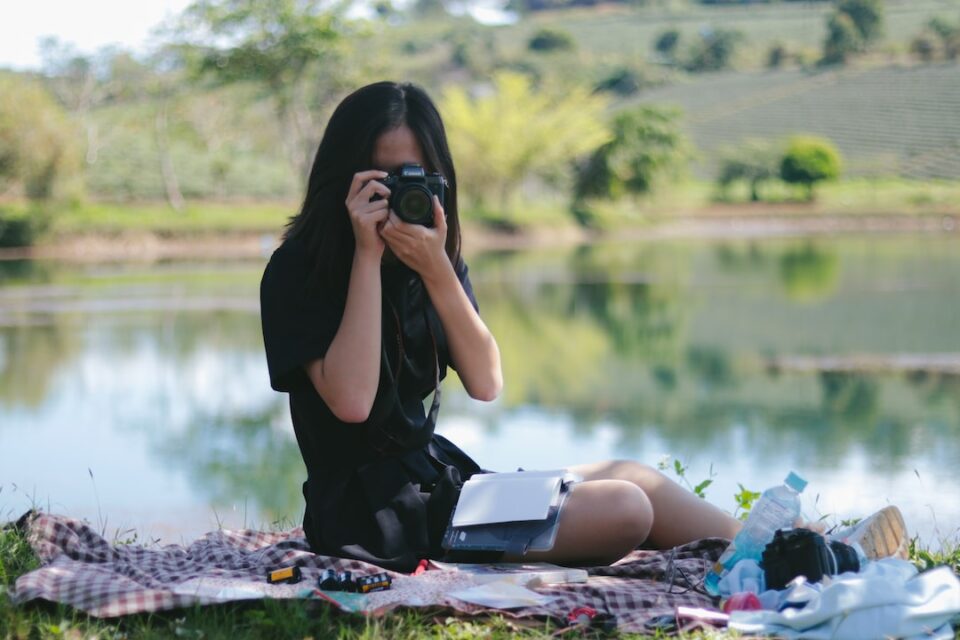Embroidery is a timeless craft that has been around for thousands of years. From creating intricate designs on clothing to adding decorative touches to home furnishings, embroidery allows individuals to express their creativity and add a personal touch to their projects. If you’re new to the world of embroidery, this beginner’s guide will take you through the basics, from hoops to stitches, so you can get started on your own embroidery journey.
One of the first things you’ll need to get started with embroidery is a hoop. Embroidery hoops come in various sizes and are used to keep the fabric stretched tight, providing a sturdy surface for your stitches. To begin, loosen the screw on the hoop and separate the two rings. Place the smaller ring underneath the fabric and lay the larger ring on top, ensuring that the fabric is taut. Once in place, tighten the screw to secure the hoop. With the hoop holding your fabric in place, you’re ready to move on to the next step.
Now it’s time to choose your design. As a beginner, it’s best to start with simple patterns or even pre-printed designs to get a feel for the process. You can find a plethora of free embroidery patterns online, or you can create your own using carbon transfer paper. Simply place the transfer paper, ink side down, on your fabric and place the design on top. Trace over the design with a pen or pencil, applying pressure to transfer the design onto the fabric. Remove the paper, and you’re ready to start stitching.
Embroidery stitches are what bring your design to life. There are countless stitch variations, but as a beginner, it’s helpful to start with a few basic stitches. The running stitch is the most basic of all embroidery stitches. Simply insert the needle from the back of the fabric to the front and pull the thread through. Continue stitching in a straight line, evenly spacing the stitches. This stitch is perfect for outlining shapes or creating straight lines.
The backstitch is another simple stitch that is commonly used in embroidery. It’s great for creating outlines and adding detail. To do a backstitch, bring the needle up through the fabric from the back and insert it back down a short distance away, making a straight line. Bring the needle up again, slightly ahead of the previous stitch, and insert it back down at the end of the previous stitch. Repeat this process until your line is complete.
If you’re feeling adventurous, try experimenting with more advanced stitches like the satin stitch or the French knot. The satin stitch is ideal for filling in areas with smooth, solid color. To create a satin stitch, bring the needle up at one end of the area you want to fill and insert it back down on the opposite end. Continue stitching parallel rows, keeping the stitches close together until the area is completely filled.
The French knot is a popular stitch for creating textured dots or embellishments. To make a French knot, bring the needle up through the fabric at the desired location and wrap the thread around the needle two or three times. Hold the thread taut and insert the needle back down into the fabric close to where it came up. Gently pull the thread, allowing the knot to form on the surface of the fabric.
Remember, practice makes perfect, so don’t be discouraged if your first attempts at embroidery aren’t flawless. With time and patience, you’ll develop your own style and improve your skills. Start small and gradually work your way up to more complex designs. Embroidery is a versatile craft that can be enjoyed by people of all ages and skill levels. Whether you’re looking for a new hobby or a way to add a personal touch to your creations, embroidery is a wonderful craft that allows you to create something beautiful with your own hands. So, grab your hoop, pick up a needle, and let your imagination thread its way through the fabric!

